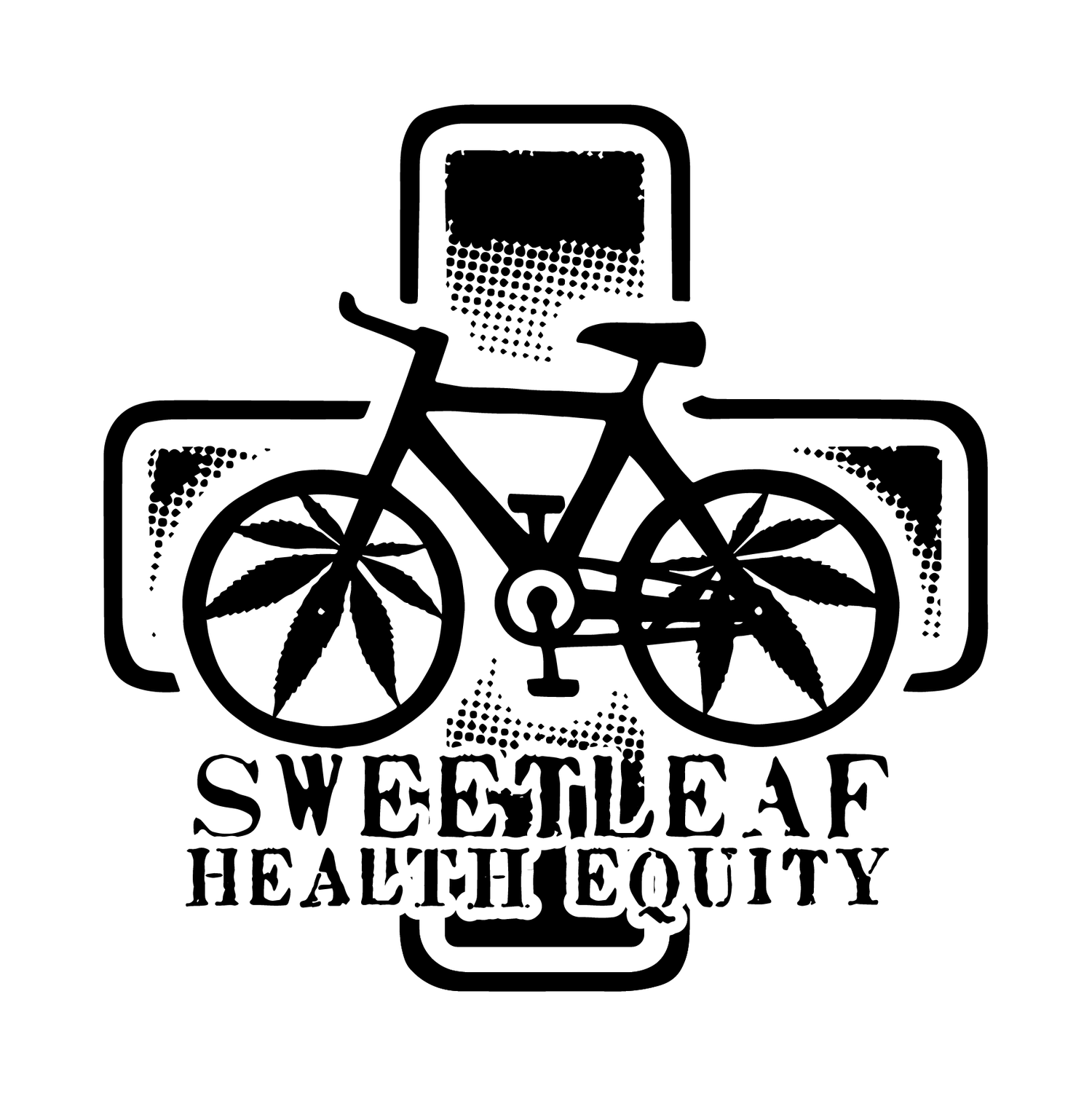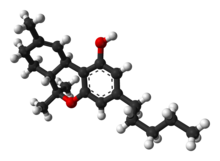Sweetleaf Cannabis Educational Resources
Welcome to the Sweetleaf Collective Educational Resource page. Whether you're a curious newcomer or looking to expand your knowledge, this page is designed to guide you on your path to informed exploration. Here, you'll find curated recommendations for trusted websites and educational resources, informative articles tackling key cannabis topics, and a helpful timeline charting the history of California Cannabis Legalization. The cannabis industry is constantly evolving with new research and educational resources. We'll be updating this page throughout the year, so please check back periodically for the latest information.
Cancer & Cannabis Therapy
Cannabis research for cancer therapy is an active area, but it's important to understand the current state of knowledge:
Potential benefits
Symptom management: Studies have shown promise for cannabis in managing cancer-related symptoms like nausea, vomiting, and pain, especially neuropathic pain.
Tumor suppression: Early research in animals and cells suggests some cannabinoids may slow cancer growth, but human trials are needed.
Important points to remember
Limited evidence for cancer treatment: There's currently no strong evidence that cannabis can cure or control cancer in humans.
Focus on symptom management: Most research supports using cannabis to manage symptoms caused by cancer or its treatment, not as a direct cancer therapy.
More research is needed: Larger, well-designed clinical trials are needed to confirm the safety and efficacy of cannabis for cancer treatment.
Where to find more information
This website provides a balanced overview of the research on cannabis and cancer.
This resource offers information on how cannabis can help manage cancer symptoms.
Things to keep in mind:
Cannabis laws vary by location. It's important to understand the legal status of cannabis where you live.
Talk to your doctor before using cannabis, especially if you're undergoing cancer treatment. There may be potential interactions with medications.
For a more in-depth review, please take a look at the article below:
Cannabinoids in cancer treatment: Therapeutic potential and legislation
“Dariš B, Tancer Verboten M, Knez Ž, Ferk P. Cannabinoids in cancer treatment: Therapeutic potential and legislation. Bosn J Basic Med Sci. 2019 Feb 12;19(1):14-23. doi: 10.17305/bjbms.2018.3532. PMID: 30172249; PMCID: PMC6387667”
What is Tetrahydrocannabinol? (THC) C21H30O2
Tetrahydrocannabinol (THC) is a cannabinoid found in cannabis that is the plant's primary psychoactive component. It is one of at least 113 cannabinoids that have been identified in the plant.
Molecular Illustration By Harbin - Own work, Public Domain, https://commons.wikimedia.org/w/index.php?curid=7712453
For more information about THC, please check out Tetrahydrocannabinol (THC): Ng T, Keshock MC. Tetrahydrocannabinol (THC) [Updated 2023 Nov 12]. In: StatPearls [Internet]. Treasure Island (FL): StatPearls Publishing; 2024 Jan-.
What is the Endocannabinoid System?
The endocannabinoid system (ECS) is a complex cell-signaling system that helps regulate many functions in the human body, including sleep, mood, appetite, memory, and reproduction. It was discovered in the early 1990s by researchers who were studying THC, the psychoactive compound in cannabis.
Endocannabinoid system diagram by MedReleaf
The ECS is made up of three main components:
Endocannabinoids: These are molecules that are produced naturally by the body. The two most well-studied endocannabinoids are anandamide and 2-arachidonoylglycerol (2-AG).
Cannabinoid receptors: These are protein receptors that are found on the surface of cells throughout the body. The two main cannabinoid receptors are CB1 and CB2. CB1 receptors are primarily found in the central nervous system, while CB2 receptors are more widely distributed throughout the body, including in the immune system, digestive system, and skin.
Enzymes: These are molecules that break down endocannabinoids after they have been released.
When endocannabinoids bind to cannabinoid receptors, they trigger a variety of cellular responses. These responses help to maintain homeostasis, or balance, in the body.
The ECS is still being studied by researchers, but it is believed to play a role in a wide variety of physiological processes, including:
Pain relief
Appetite regulation
Mood regulation
Sleep
Memory and learning
Immune function
Reproduction
Skin health
Methods and types of titration
Sweetleaf Health Equity has put together a titration guide on our website. Remember, this website is provided for educational and informational purposes only and does not constitute providing medical advice or professional services. The information provided should not be used for diagnosing or treating a health problem or disease, and those seeking personal medical advice should consult with a licensed physician. Always seek the advice of your doctor or other qualified health provider regarding a medical condition.
California Cannabis Legalization Timeline
1975: The Moscone Act reduces possession of small amounts of cannabis from a felony to a misdemeanor.
1996: Voters pass Proposition 215, also known as the Compassionate Use Act, making California the first state to legalize medical marijuana.
2003: Senate Bill 420 allows patients and caregivers to cultivate cannabis collectively or cooperatively.
2010: Senate Bill 1449 decriminalizes possession of an ounce or less of cannabis, reducing it to an infraction with a fine.
2016: Proposition 64, the Adult Use of Marijuana Act, is passed by voters, legalizing recreational cannabis for adults over 21 and establishing a regulated marketplace.
2017: The Bureau of Cannabis Control is formed to oversee both medical and recreational cannabis regulations.
2018: The first legal sales of recreational cannabis begin in California.
2019-2020: Senate Bill 34 (SB 34), also known as the Dennis Peron and Brownie Mary Act, is introduced.
Source: http://www.fillmoregazette.com/politics-government/usps
Recommended Website & Education Resources
Society of Cannabis Clinicians and Resource Library
American Cannabis Nurses Association
Network of Applied Pharmacognosy
University & State College Programs
Activism & Stay Informed
Other Resources
National Hispanic Cannabis Council
National Cannabis Industry Association
California State Cannabis Departments
Department of Cannabis Control
Medical Marijuana Identification Card



